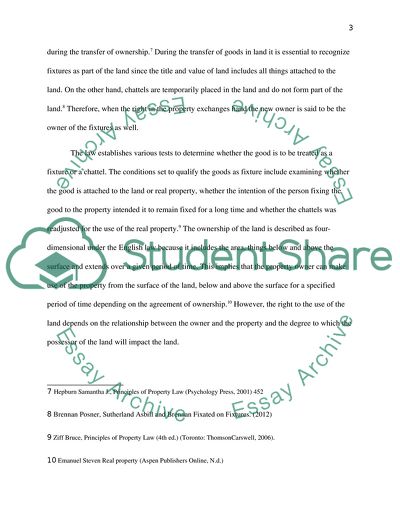Cite this document
(The Maxim Quicquid Plantatur Solo, Solo Cedit Report, n.d.)
The Maxim Quicquid Plantatur Solo, Solo Cedit Report. https://studentshare.org/law/1855684-quicquid-plantatur-solo-solo-cedit-that-which-is-attached-to-the-ground-becomes-part-of-it
The Maxim Quicquid Plantatur Solo, Solo Cedit Report. https://studentshare.org/law/1855684-quicquid-plantatur-solo-solo-cedit-that-which-is-attached-to-the-ground-becomes-part-of-it
(The Maxim Quicquid Plantatur Solo, Solo Cedit Report)
The Maxim Quicquid Plantatur Solo, Solo Cedit Report. https://studentshare.org/law/1855684-quicquid-plantatur-solo-solo-cedit-that-which-is-attached-to-the-ground-becomes-part-of-it.
The Maxim Quicquid Plantatur Solo, Solo Cedit Report. https://studentshare.org/law/1855684-quicquid-plantatur-solo-solo-cedit-that-which-is-attached-to-the-ground-becomes-part-of-it.
“The Maxim Quicquid Plantatur Solo, Solo Cedit Report”. https://studentshare.org/law/1855684-quicquid-plantatur-solo-solo-cedit-that-which-is-attached-to-the-ground-becomes-part-of-it.


